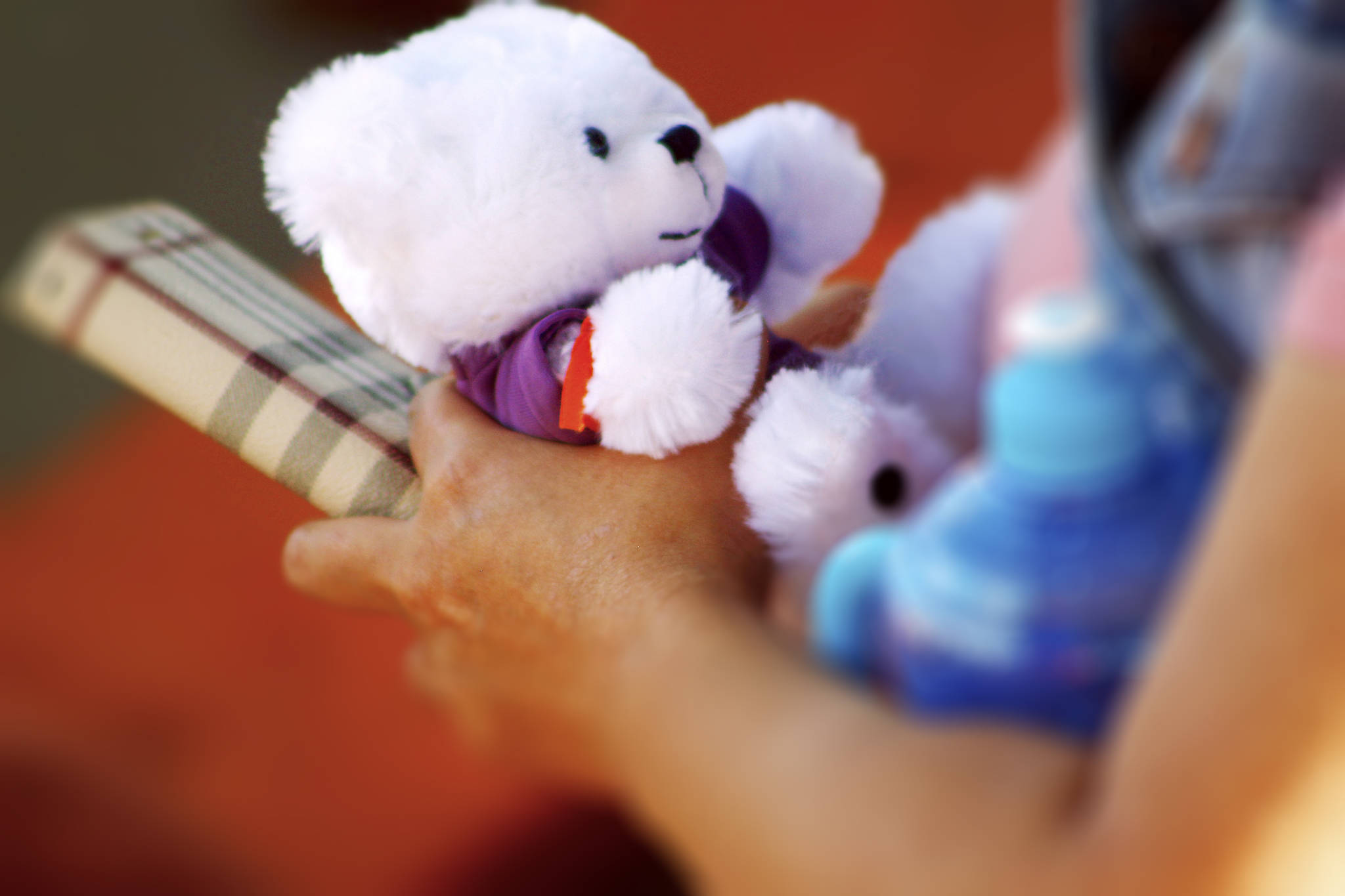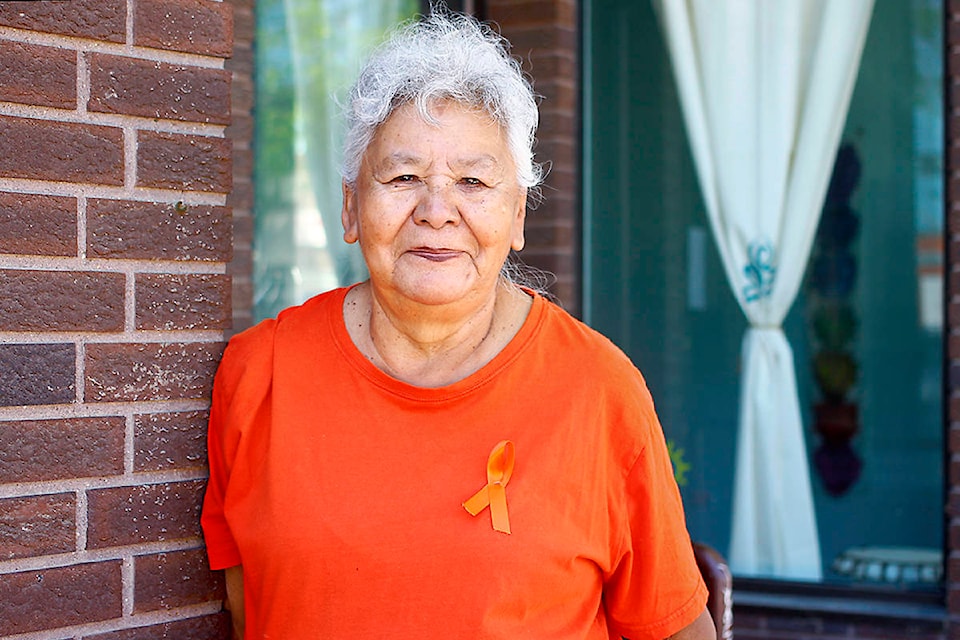Warning: The following story contains details some readers may find distressing.
Flora Northwest, a member of Samson Cree Nation and a survivor of residential school, was six years old when she was taken away from her family, her culture and her community.
Northwest says part of her role as an elder and a survivor is to share her story with others.
The discovery of the remains of 215 children at the former residential school in Kamloops, B.C., is bringing up memories for survivors of residential schools across the country, as well as the members of the Four Nations of Maskwacis.
A residential school was located in Ermineskin, which elders living today remember attending.
“It has a lot of impact on survivors,” said Northwest.
“It was so painful, it just brings back my own childhood … it just brings me back to the cries at night; when we used to cry at night.”
The first part of the Ermineskin residential school was built in 1894, and additions kept being constructed until the 50s where the abuse continued says Northwest, who has made a study of the history of the school.
“It had a lot of impact in my life. It still does,” she said.
“As I recover, through my life’s journey, there’s always something that triggers, that brings me back to that child, to that child that was abused.”
Indigenous children that were taken away from their families and put into residential schools were forbidden to speak their language and some were abused mentally, emotionally, physically and sexually, says Northwest.
“How did these people get away with it? Why did they get away with it?” she said.
Northwest says she’s grateful for the support she received while she researched the Ermineskin residential school, or else the process would have been too painful.
As terrible as the discovery in Kamloops was, Northwest says it’s only the beginning.
“Two-hundred and fifteen is going to be a very, very historical number as we go forward. 215 is going to help us educate the world about what happened to us.”
Northwest thanks those who listened to the cries of her people to find the bodies of Indigenous children who were taken to residential schools and never came home, but warns there’s going to be more.
“The truth has been shown to Canada … how residential schools affected our people across the country,” she said.
“The government wanted to know the truth … How much truth do these people want to hear? There will be more. How many more graves are here?”
Of the children who returned home, many never spoke of their experiences.
Northwest recalls that it wasn’t until one politician, Phil Fontaine, spoke up about it, that a dialogue was opened up for many survivors.
Fontaine, who served as National Chief of the Assembly of First Nations (AFN) for three terms, became one of the first people to speak publicly about residential schools in 1990. (thecanadianencyclopedia.ca)
One thing she’s heard people say over and over again is why can’t Indigenous people move on from residential schools?
“It’s never going to be over because the legacy goes on,” she said.
“For every child who experienced trauma who doesn’t get the help they need, they can’t move on.”
Northwest says it’s been 127 years of education, of grief, of being introduced to trauma for survivors of the Ermineskin residential school.
Northwest says her childhood was “terrific,” and there was no trauma in her life until she was introduced to it at residential school.
“We were introduced to those horrific experiences,” she said.
“The moment I went into residential school — that was the beginning of my trauma.”
Northwest says the resources exist now to assist their members who experienced trauma and provide them with support, but of those schoolmates who did survive, some are homeless or in prison.
“Did anybody ever take the time to help those people?” she said.
“We were all labelled as ‘The Drunken Indian.’ Every drunken Indian had a story to tell. Every drunken Indian had experienced trauma.”
Northwest is calling on neighbouring communities of Maskwacis to “step up” and start a dialogue with survivors of residential schools.
“I’m not asking for sympathy, I’m asking for support,” said Northwest.
“We need to start that dialogue with our neighbouring towns so they know who we are.”
Northwest left residential school with a Grade 6 education, and through her own determination, went back to school to obtain a two year diploma in social work and complete other university courses.
“I really worked hard on myself to overcome the pain, to overcome that dark side of my life … to become who I am today, as a mother, as a community member, as a survivor of residential school, and a survivor of alcoholism and I’m proud to be the person I am today.”
She worked hard to instill the value of education in her children and is pleased to say they all graduated with a high school diploma.
“I’m proud of the mother, I’m proud of the grandmother, I’m proud of the great-grandmother, that I have become and I’m glad for all the support I had in my journey to where I am today,” she said.
“I’m hurting,” said Northwest. “My childhood was opened all over again, but it’s going to be O.K. because there are people out there who believe us and I want to thank those people.
“Things are going to get better — that’s my dream.”
READ MORE: Chief Vernon Saddleback: ‘This matters’
Like us on Facebook and follow us on Twitter

